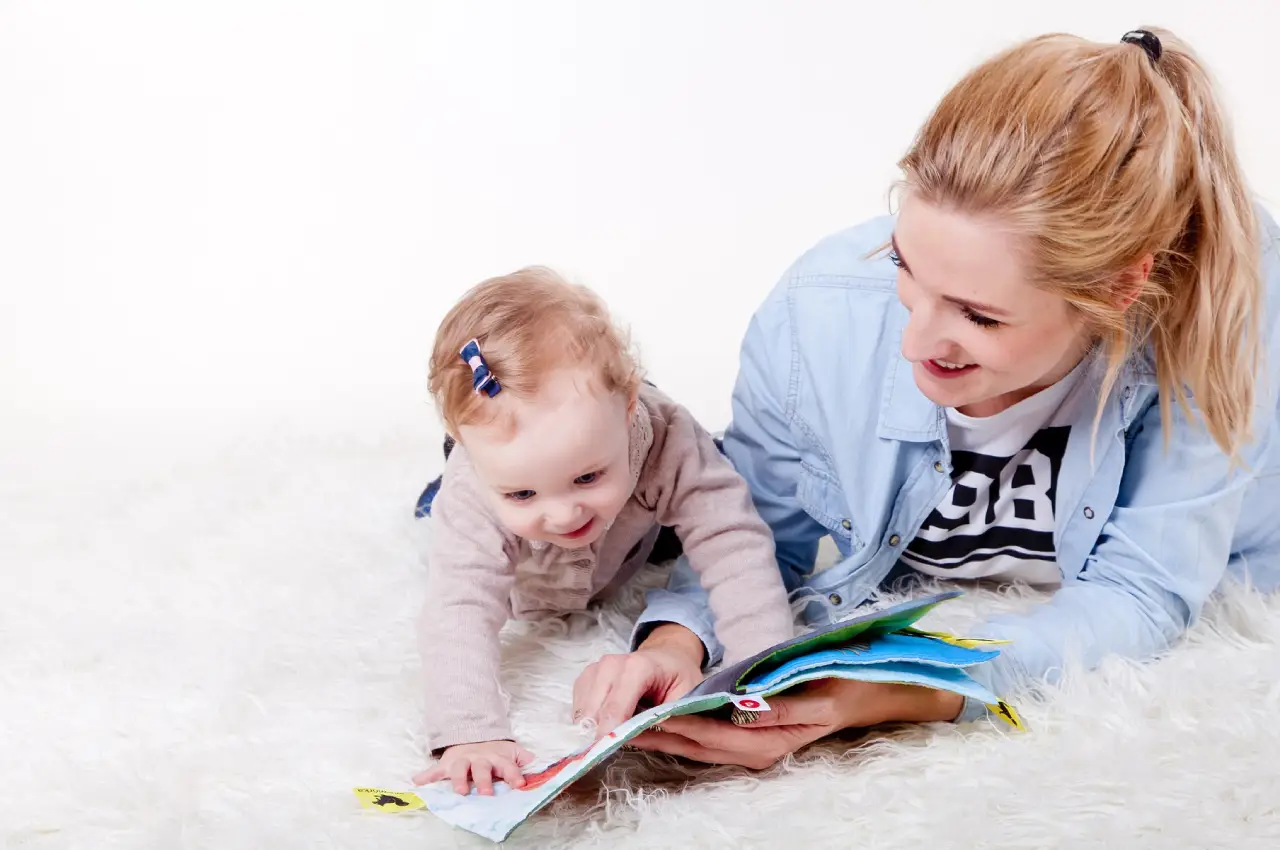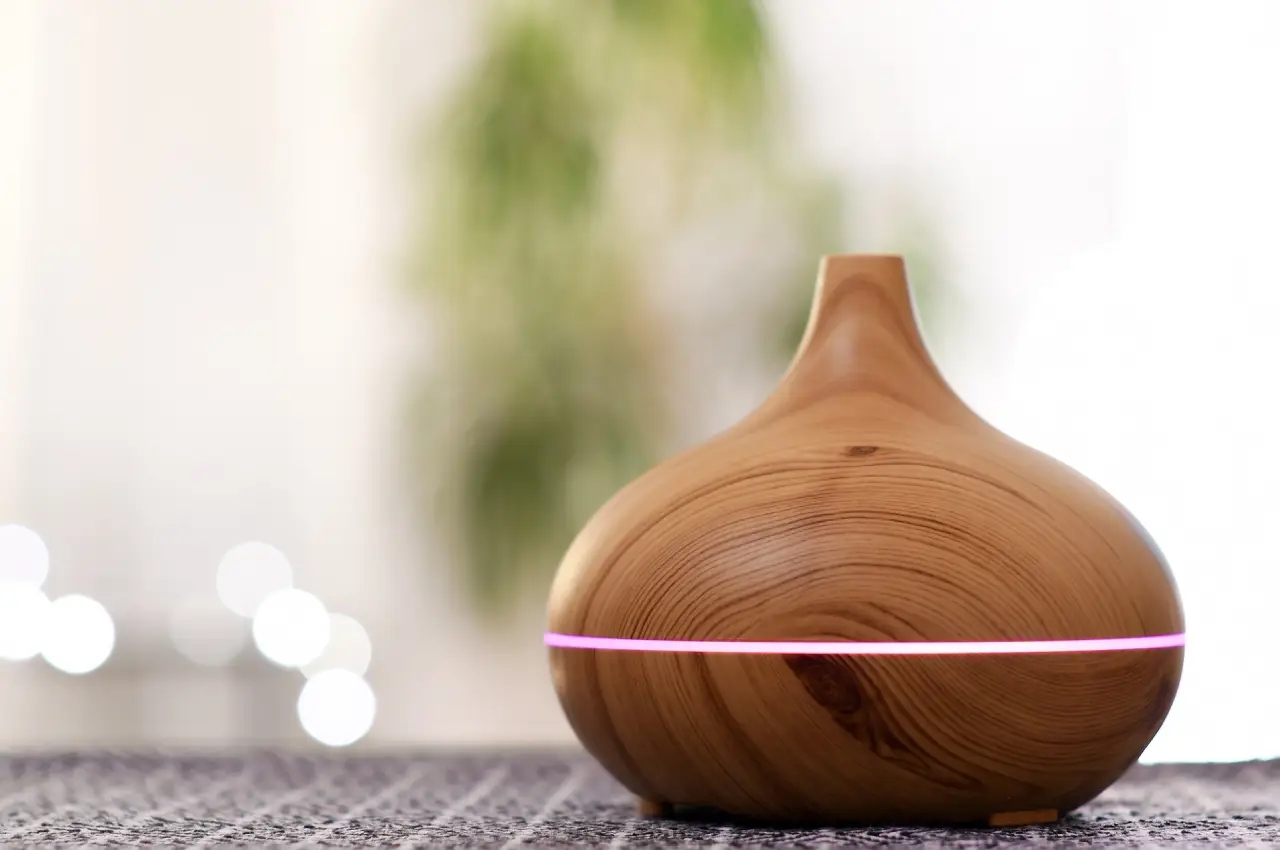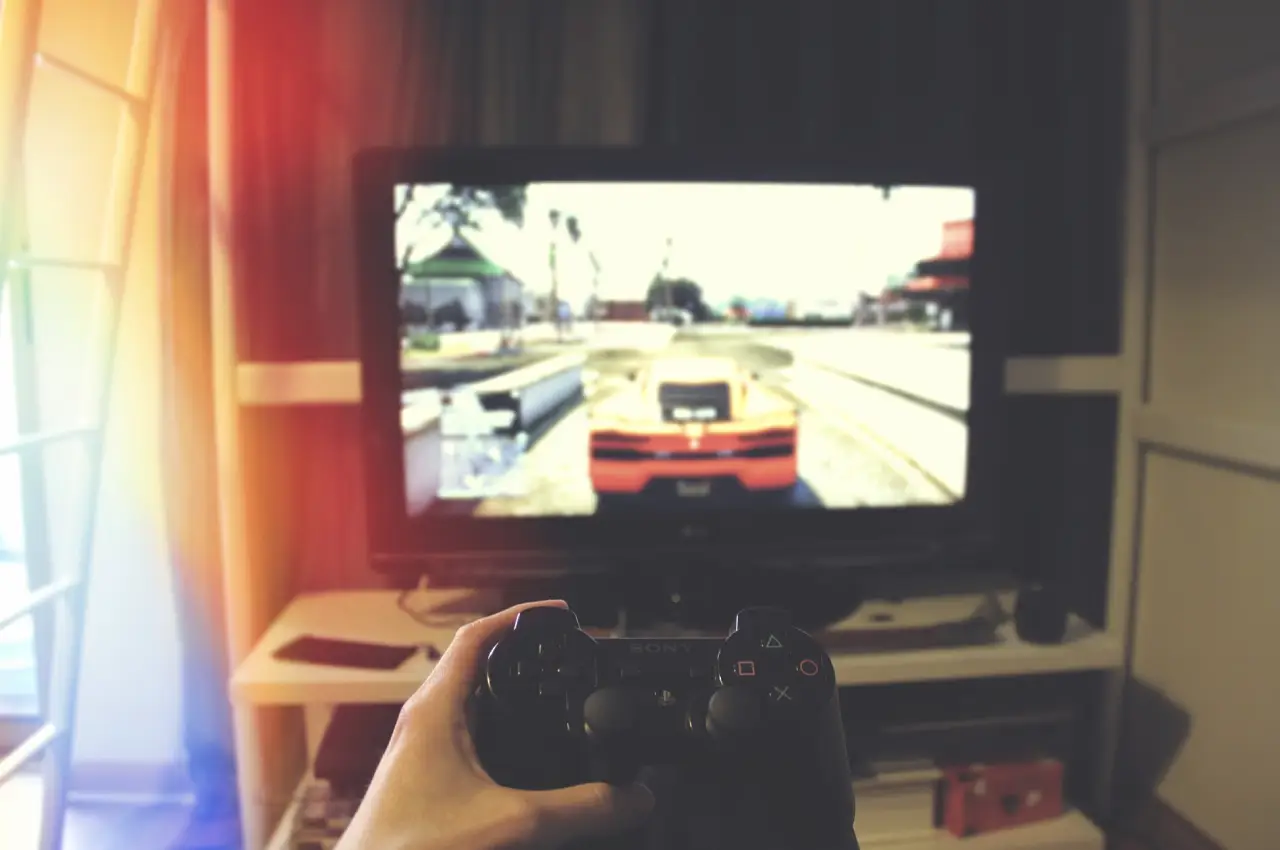
Sensory Play: Stimulating Products for Little Ones
Playtime is more than fun; it’s a vital part of a child’s growth and development. Sensory play, in particular, engages a child’s senses—touch, smell, taste, sight, and sound—helping them build essential skills while having fun. For parents eager to make the most of playtime, choosing the right sensory products can make all the difference.
Why Sensory Play Matters
Babies and toddlers learn about the world through their senses. Engaging these senses early helps develop cognitive, social, emotional, and motor skills. Sensory play stimulates brain development, improves fine motor skills, and encourages problem-solving.
Imagine a baby feeling the texture of kinetic sand or a toddler exploring the sound of musical instruments. These activities ignite curiosity and build neural connections that support learning.
Benefits of Sensory Play
Enhances Learning: Hands-on activities make concepts easier to grasp. A toddler playing with colored balls learns colors and coordination simultaneously.
Builds Fine Motor Skills: Pouring water, molding clay, or stacking blocks strengthens small muscles.
Encourages Creativity: Open-ended play sparks imagination. A simple sensory bin can become an ocean, a farm, or even a treasure hunt.
Improves Focus: Sensory activities calm and center children, making them more attentive.
Supports Emotional Development: Experimenting with textures and sounds builds confidence and reduces anxiety.
Top Sensory Products for Little Ones
1. Kinetic Sand
This soft, moldable sand is a favorite for sensory play. Its unique texture invites endless exploration. Children can shape it, squeeze it, and watch it crumble. It’s also easy to clean, making it a win for parents.
A parent shared how kinetic sand became a lifesaver during rainy days. Their 3-year-old spent hours creating sandcastles and dinosaur molds, leaving the parent with much-needed quiet time.
2. Musical Instruments
From tambourines to xylophones, musical toys introduce children to the world of sound. They improve auditory skills and encourage rhythmic movement.
A mother noted how her toddler’s favorite drum kit not only provided entertainment but also enhanced hand-eye coordination.
3. Sensory Bins
Fill a container with items like rice, beans, or pasta. Add small toys, scoops, and cups for exploration. Sensory bins foster independent play and creativity.
A preschool teacher introduced sensory bins to a shy child. Over weeks, the child gained confidence and began interacting with peers during sensory activities.
4. Textured Balls
Soft, spiky, or bumpy balls are excellent for tactile exploration. They also support grip strength and coordination.
5. Stacking and Nesting Toys
Classic stacking rings or cups teach problem-solving and spatial awareness. They’re simple yet incredibly effective.
6. Water Play Sets
Bath time can double as sensory play with floating toys, water wheels, and squirt animals. These items enhance motor skills and make hygiene fun.
7. Play Dough
This squishy material is a timeless favorite. Play dough develops hand strength and creativity while keeping children engaged.
Choosing the Right Sensory Toys
Safety First: Always check the recommended age range and avoid small parts for younger children to prevent choking hazards.
Versatility: Toys that can be used in multiple ways provide more value. A sensory bin, for example, can adapt to themes like farm animals, undersea adventures, or construction sites.
Ease of Cleaning: Mess-free options like kinetic sand or washable paints simplify post-play cleanups.
Age-Appropriate: Select toys tailored to your child’s developmental stage. Babies enjoy soft textures, while toddlers thrive with hands-on activities.
How to Create DIY Sensory Play Experiences
Homemade Slime: Combine glue, baking soda, and contact lens solution to create stretchy slime. Add glitter or food coloring for extra fun.
Ice Excavation: Freeze small toys in ice blocks. Give your child tools to “rescue” them. This activity enhances problem-solving skills.
Nature Walk Sensory Bag: Collect leaves, flowers, and rocks during a walk. Discuss textures and colors when you return home.
How Sensory Play Supports Everyday Learning
A simple activity like pouring water into cups can teach measurement concepts. Sorting colored blocks introduces early math skills. These seemingly small moments lay the foundation for lifelong learning.
Expert Tips for Maximizing Sensory Play
Follow Your Child’s Lead: Let them explore at their own pace.
Mix It Up: Rotate toys to maintain interest.
Engage All Senses: Include sights, sounds, textures, smells, and even tastes where appropriate.
Supervise Activities: Especially with younger children, ensure safe and enjoyable play.
Make It Social: Invite siblings or friends to join. Group play builds cooperation and communication.
Where to Buy Sensory Toys
Look for trusted brands online or at local stores. Websites like Amazon, Target, and specialized educational stores offer a wide range of sensory toys. Don’t forget to read reviews and compare prices.
Sensory play is a gift that keeps giving, nurturing your child’s development while sparking joy. Start with a simple sensory bin or a textured ball and see how your little one responds. Explore the options, experiment with activities, and watch your child grow in leaps and bounds.
What sensory toys or activities do your children love? Share your experiences in the comments below. Your story might inspire another parent on their journey!





